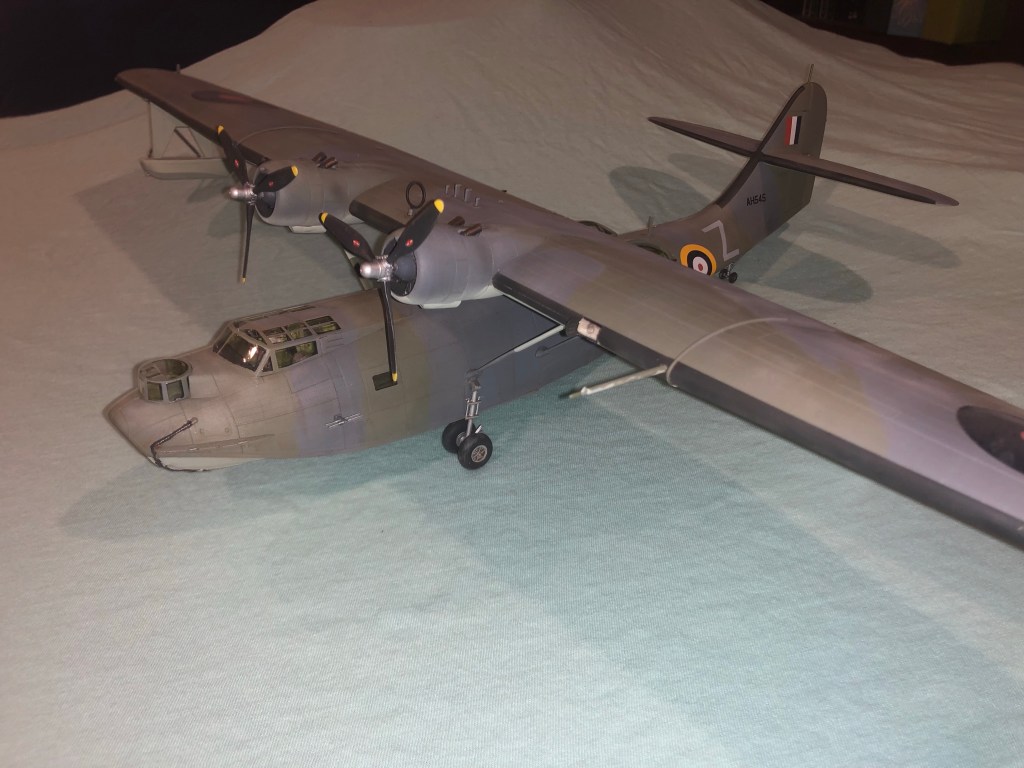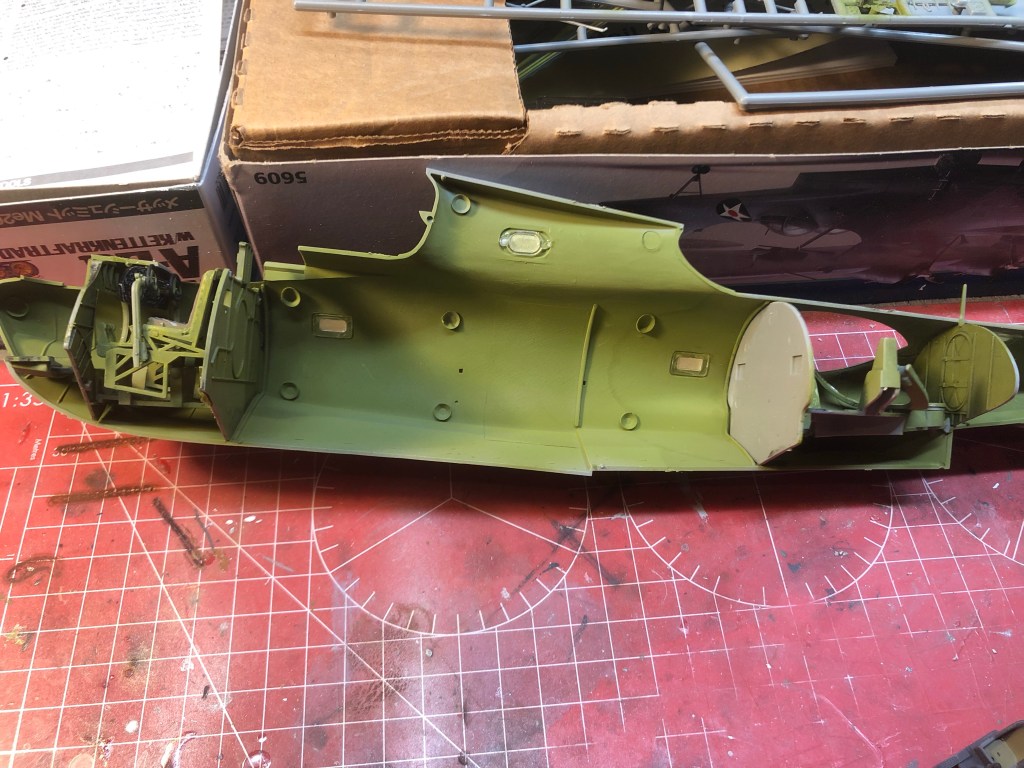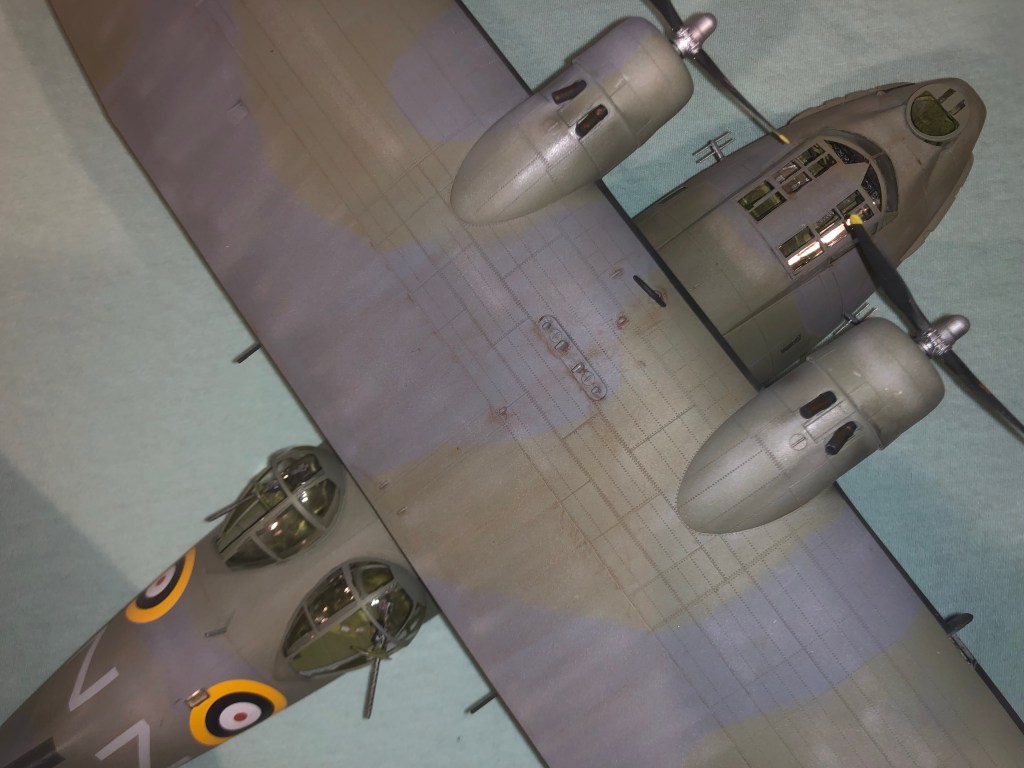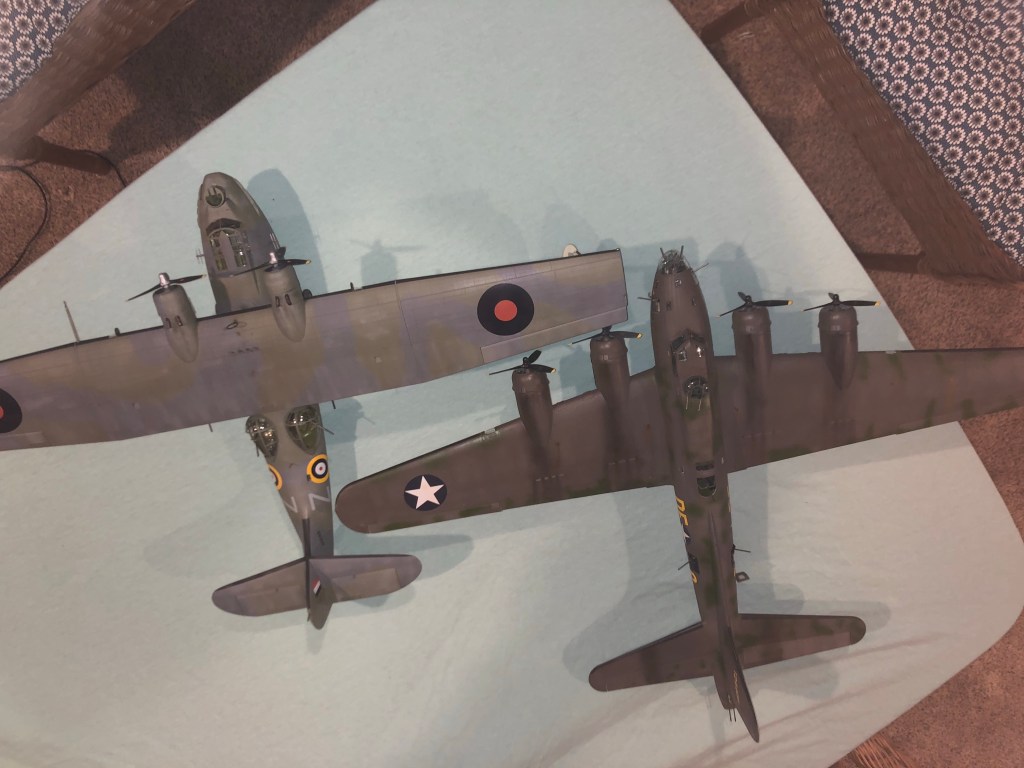One of the better known types that wasn’t a fighter or bomber; the Catalina served the US, Britain and other Allies throughout World War II.

Let’s take a look at one in service before the War had even started for its country of origin.
The first military function envisioned for aircraft was the role of patrol/observation/reconnaissance. Really the function predates powered flight with observation balloons in use from the 19th Century. In the run up to the First World War the World’s militaries were hurriedly incorporating reconnaissance aircraft into their forces.
That included navies. Patrol aircraft that could locate and track enemy fleets were in high demand. And often this meant float planes or flying boats. This would allow any protected body of water to become an air strip. A fleet anchorage didn’t even need an airport, flying boats could operate where the other boats did.
Consolidated Aircraft Corporation was an early player in this game. The company was formed by Reuben Fleet in 1924 and he purchased the assets of recently bankrupt Dayton-Wright Company. In 1928 Consolidated built its first prototype flying boat for the US Navy. Designated XPY it was the first monoplane flying boat for the US Navy and was considered a good design. But Consolidated lost the bid to manufacture its design to the Glenn Martin Company (another long time producer of seaplanes). In 1931 an improved XP2Y (with more power and enclosed cockpit) was built and this time Consolidated got to build its own aircraft.
In 1932 the Navy was looking for a bigger leap forward. They wanted an aircraft with a 3000 mile range at 100 knots, that could also carry offensive weapons. In 1935 the prototype XP3Y was flown. As usually happens, some tweaks were made; tail surfaces and engine nacelles were redesigned. But this was a much more modern design with a single tail, R-1830 engines and constant speed propellers. During the testing and modifying it picked up a new designation, in acknowledgement of its ability to carry bombs (or depth charges or torpedoes) it became the “XPBY”; the “B” was added to indicate its role as a bomber.



The new PBY was being delivered to the Navy by September 1936. PBY-1 through PBY-4 progressed with only minor changes; another refinement of the vertical tail and a little more power.
Bigger changes were to come. The PBY had been noticed by the RAF and they looked to place a large order, but with a few suggestions to make the type more combat ready. This plus the most noticeable change in the series production, Consolidated had designed large bubble observation windows for the waist observer position. This not only improved visibility, but also the field of fire for the mounted .50 machine guns at that position. This became the defining characteristic of the new PBY-5, and the Catalina Mk I ordered by the RAF. Deliveries started to both customers in December 1939. One of my sources claims this was the first American combat aircraft in British service; that can’t be quite right, the Hudson proceeded it. Maybe they meant first type that was also in service with the US military? But the reader should be impressed! Some writer thinks it was some sort of first…


Both the US Navy and Consolidated recognized the PBY could be more useful as an amphibian, so the last PBY-4 built was modified with retractable landing gear. This added weight, but meant the type could operate from any airfield. This was produced first as the PBY-5A. The PBY-5 and PBY-5A became the most produced models and led to the Catalina being the most produced seaplane ever.
Although those could be considered the most important and defining models, there actually was a pretty extensive number of later models. The Naval Aircraft Factory produced 156 PBN Nomads that had a redesigned bow and vertical tail, improved hull and wing float shapes and increased fuel. The new tail was the most beneficial of the changes and was used both by a batch of Catalinas from Boeing of Canada under the designation PB2B-2; and by the PBY-6A from Consolidated. Further Catalinas were built by Vickers Canada as PBV, identical to the PBY-5A, but as it turned out most of these were taken by the USAAF as OA-10A Catalinas. A few other designations may be encountered; under Lend-Lease laws a type had to be “surplus” US military equipment so those aircraft built to foreign specifications often had a US designation too.
The RAF operated Catalinas from a number of different production batches as Catalina Mk I through Mk VI. Australia and New Zealand also operated Catalinas under the same designation system. So did Canada, except oddly for renaming the type “Canso”.

This particular Catalina is a Mk I with an interesting history. It was one the first Catalinas taken by the RAF. They were delivered to the UK by US Navy pilots, who then remained for a period for transition training. This meant, unofficially, US Navy pilots were flying as co-pilots on British anti-submarine patrols before the US was at War.
On May 26, 1941, this aircraft (AH 545) was on a search under Flying Officer Dennis Briggs with Ensign Leonard B Smith USN as his co-pilot. They were tasked with locating the German battleship Bismark which had just eluded British cruisers. At 1010 Ens Smith was flying when he saw the battleship and radioed its location. That makes Ens Smith the first American to participate in a naval victory during the War. During the day contact was maintained by two other Catalinas with American co-pilots. Leonard Smith was awarded the Distinguished Flying Cross for his actions against the Bismark. Later that year, on December 7 he was on a flight from Midway Island to Pearl Harbor and arrived in Hawaii after the attack was over. He served out the War years in the Pacific and later in Korea. He retired as a Captain in 1962 and passed away in 2006.

The model is the classic Monogram kit with Aeromaster decals. It is one of the better fitting kits of the big Monogram sorts that I’ve seen (also one of the last done). Really a beautiful model, except the one flaw of the rear fuselage being too thick; it should taper down towards the tail sooner, more gracefully.
Finishing was delayed by over a week because of two bone head mistakes by me. First, I failed to be sure my Slate Grey paint was useable. I don’t use this color often, so I really should have checked! The bottle was dried solid. So I had to idle while waiting for fresh stock. Then I discovered I’d painted one of the wing tip floats backwards! Just flipped the top and bottom colors (its an easier mistake to make than it sounds!) and had to repaint the offending float.
I should also mention this represents my use of yet another paint line. I am moving away from True North paints, much as I like the idea of supporting an American cottage industry, but their quality is really inconsistent. Too often its lumpy and too thick. Since the problem remains that Tamiya doesn’t have some of the specialized colors I want I’ve researched around and discovered Gunze (Mr Color line) and Hataka (Orange line) are compatible and between them offer every color I’m likely to need. They go down just beautifully and the finish is rock solid, although they do stink more than anything else I’ve tried (I’d mention a spray booth is essential, but that was already true. Any solvent based paint will adhere better to a plastic surface because it etches into the plastic; but that invariably means its toxic). That all means the Slate Grey on this was Hataka, excellent product.



Oh wow!
Pingback: Oh wow! Consolidated Catalina Mk I — Plane Dave – My Forgotten Hobby IV
Thanks for the HD images Dave. I will use them as reference.
I’m glad if it helps!
I am finishing my He 111 right now. Then it’s the B-26, then the Catalina.
I look forward to seeing all of those.
Beautiful work!
Thank you!
That was a very interesting detail about US Navy pilots flying as co-pilots on British anti-submarine patrols before the USA joined the war.
There were also US destroyers protecting convoys in early 1941, with a couple, if I remember rightly, being sunk by U-boats.
Yes, the USS Reuben James sunk in October 1941 off Iceland. Much of 1941 had been an undeclared War between the US and Germany.
Well Dave, you’ve managed to put your own interesting spin on an iconic aircraft once again. You say Catalina and the mind immediately goes to the Pacific and U.S. Air/Sea rescue, or recon perhaps immediately after that. Very interesting build and a great bit of the other history of a famous plane.
There will be more Catalinas here eventually! Presumably at least one will count as more expected. But that’s all part of the 20 year plan….
Reblogged this on My Forgotten Hobby V and commented:
I have got to read this carefully once more…
I’m always happy to get your enthusiastic support Pierre!
I am sold on Vallejo paint for airbrush.
I’d heard it was really fussy?
I have not had any problems…yet.
Well that’s good to know. I am happy with my current Tamiya and Gunze, EXCEPT, some colors are hard to find.